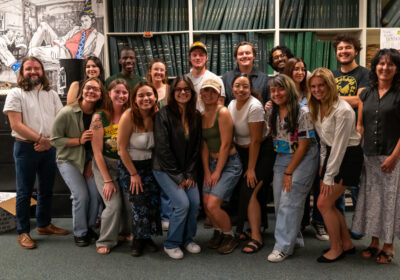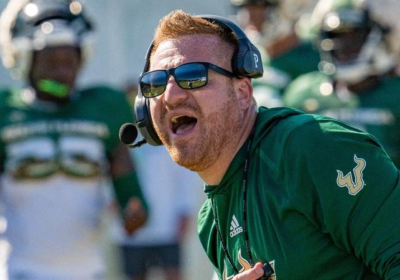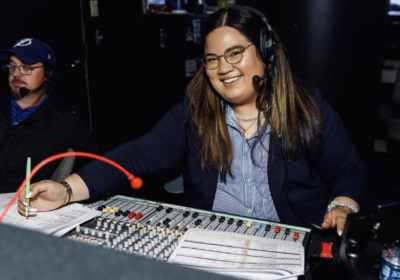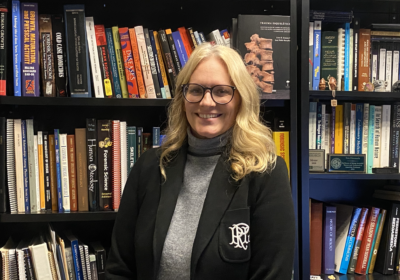Unveiling the myths of the hijab
Layla Aysheh, a senior majoring in public health and president of Sisters United Muslim Association (SUMA), loves to shop at Forever 21 and Hollister. She likes to match cardigans with jeans, and color-coordinates her outfits.
Aysheh also wears a hijab, a veil that covers the head and neck, which has resulted in a flurry of questions from passersby on campus:
Do you take a shower with it?
Are you bald under there?
If I see your hair, do I have to marry you?
But she doesnt mind the questions. She prefers them.
On Saturday evening, Aysheh, along with SUMA, hosted a hijab fashion show and bazaar in the Marshall Student Center, where USF students hit the runway to model trends from local vendors selling hijabs and other modern, but modest attire.
Nikhut Siddique, a senior majoring in biomedical sciences, said putting on a hijab usually takes her about five minutes every morning, and hoped all who came by left with a new understanding of what a hijab is.
We wanted to show how just because a Muslim women covers herself, it doesnt mean she cant look good or be pretty or wear nice clothes, Siddique said.
Hajjah Kamara, a senior majoring in international studies and a model for the event, said she hoped to prove that Muslim women were not victims of oppression.
We wanted to debunk the misconception that just because we cover, we cant be fashionable, she said. Everyone sort of sees the head covering we wear as a symbol of oppression or other negative stereotypes about the role of Muslim women.
While she couldnt quite put a word to what her sense of style is, she said she enjoys the challenge of coming up with creative outfits to match her headscarves.
There are certain things I cant wear, like short sleeves or low-cut tops, she said. Its a challenge, but its a really awesome challenge color-coordinating cardigans or long sleeves, color-coordinated scarves and outfits.
Kamara said the experience of modeling was exhilarating.
It was a little nerve-wracking, she said. I describe myself as an awkward turtle duck, and I was wearing four-and-a-half inch heels, so my main concern walking down the runway was, Oh my gosh, please do not fall. But it was really exciting. We got to try out some really, really nice outfits. The room, the music, the lights, the crowd … it was really cool. Backstage was really crazy, and I kind of got a glimpse of what it would be like to be in a fashion show in New York or Paris or any of those fancy places like that.
Aysheh, who has worn a hijab since she was in eighth grade, said she chooses to wear it.
The media portrays a really (wrong) image about Muslim women, saying theyre oppressed and forced to dress like this, she said. In reality, its a personal decision. Yes, Muslim women are required to wear (a hijab) at some point in their lives, but its totally up to you when you want to wear it. Nobody forces you to wear it not your parents or any family members, nobody.
Her decision, she said, is one that represents her.
I choose to wear (a hijab) because it represents who I am and what my religion is, she said Im not afraid to show people that my religion is Islam and Im OK with that. I feel most comfortable wearing it.







